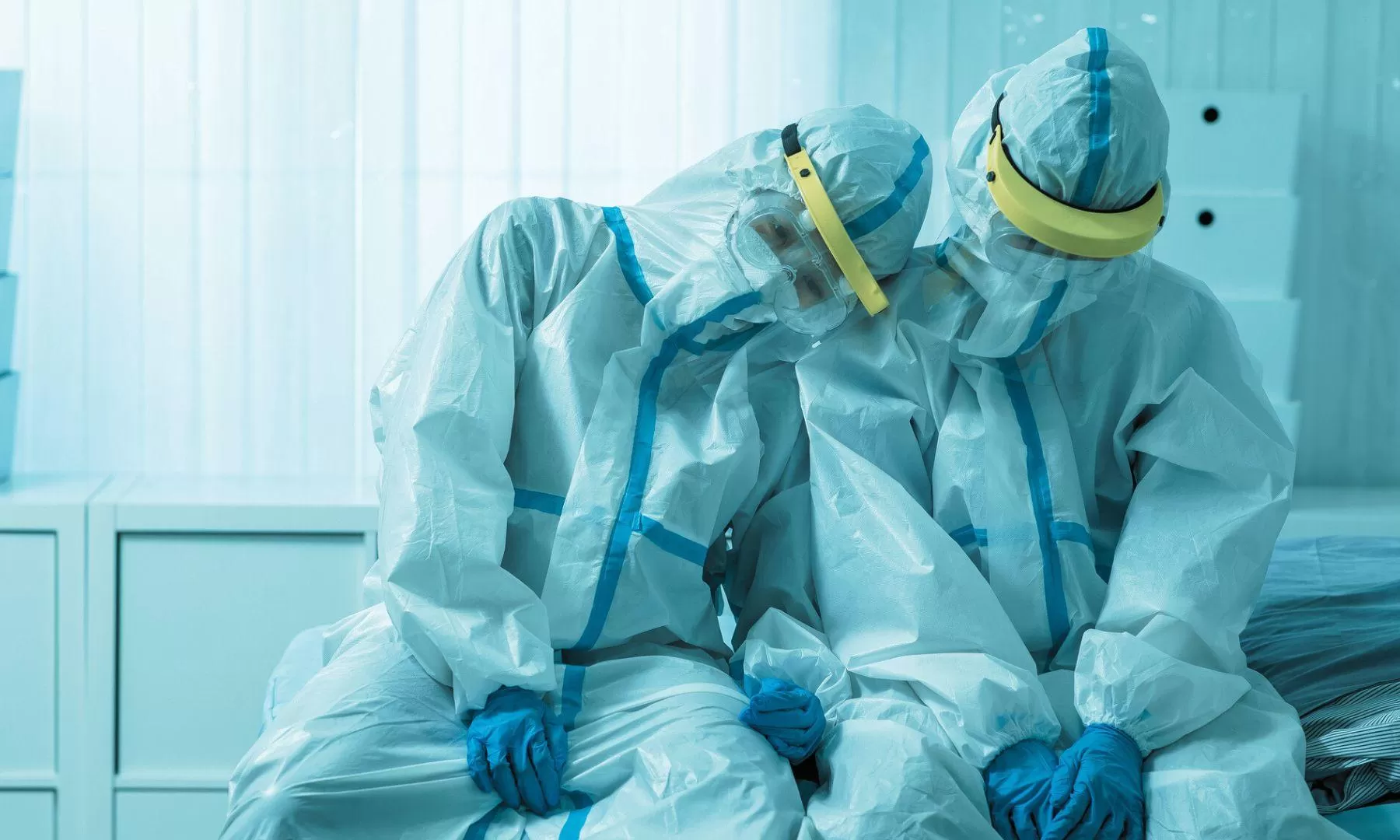News & Commentary
Our publications are available to all at no cost. Please support the CCPA and help make important research and ideas available to everyone. Make a donation today.

Fast Facts: Taking Back the City – The Winnipeg 2014 Alternative Municipal Budget
As Winnipeggers come out of an unusually punishing winter, the sun seems to be stimulating more than the usual spring activities. There is a feeling that our city is poised…

The Solution is More Housing
Previously published in the Winnipeg Free Press October 11, 2023 There is a growing interest among politicians — including Winnipeg’s Mayor and those from Manitoba’s NDP — in learning from…

We Need to Talk About Social Housing for Seniors
Although the housing crisis is increasingly becoming a federal political issue, it is getting very little attention in our provincial election. The Right to Housing (R2H) Coalition’s recent report explains…

Health care dominates first post-pandemic Manitoba election
October 3rd will mark Manitoba’s first provincial election since the COVID pandemic and health care is the leading central campaign issue. In the annual Manitoba Budget survey, health care was…

Tax cut policies stall affordable housing action
Previouly published in the Winnipeg Free Press September 26, 2023 This month the Right to Housing Coalition released a Social Housing Action Plan for Manitoba, based on years of research…

Still in recovery
Assessing the pandemic’s impact on women If we’re going to close the gender gap, we need government action Executive summary The COVID-19 pandemic that swept the globe in 2020 not…

The delusion of austerity: Manitoba’s public service
Previously published in the Brandon Sun, Thursday September 21, 2023 The public service in Manitoba matters to our collective well-being. While frontline public servants are easily identifiable, think of firefighters…

Living Wages in Nova Scotia 2023
Read the news release here….

Child care also an austerity victim
Previously published in the Winnipeg Free Press August 29, 2023 Manitoba billboards promoting $10/day childcare create the perception that the Province of Manitoba has increased funding and support for childcare….

Revitalizing the conditions of care in Manitoba
Supporting long-term care and home care workers in the recovery from COVID-19 The outsized burden placed on continuing care workers by the pandemic has in many ways gotten heavier. Executive…

The Parental Rights Trojan Horse
Previously published in the Winnipeg Free Press August 21, 2023 On Thursday, the PC party promised to update the Public Schools Act and expand parental rights if elected. Premier Stefanson’s…

Manitoba can’t afford cuts to parks, environmental protection
Previously published in the Winnipeg Free Press August 15, 2023 Manitobans, like much of the rest of the world, are increasingly concerned with the state of the planet—including our own…
Updates from the CCPA
Read the latest research, analysis and commentary on issues that matter to you.
CCPA Updates